The Annapurna Circuit trek in Nepal has often been voted the best walk in the world.
Completing the trek was one of the hardest, but most enjoyable travel experiences of my life.
I wrote about that experience here.
If you're interested in trekking in Nepal, I can't recommend the Annapurna Circuit enough.
However, there are some important things to know before hiking the Annapurna circuit, which is why I've written this detailed guide.
Annapurna Circuit Overview:
Route length | between 160–230km (100-145mi)
Days to complete | Between 13-21 days
Location | Central Nepal
Highest point | Thorong-La Pass 5416m (17,769ft)
Peak hiking months | October-November
Recommended route | Anti-clockwise
My tips for trekking in Nepal
1. Store your luggage with your accommodation
I stayed at a small family-owned guesthouse in Pokhara. I asked the owners if I could leave my bigger backpack with them while I trekked and I would stay with them once I returned.
I think this is common practice in Nepal and they were happy to do so.
2. Negotiate with tea houses
While on the trek you'll pass a number of tea houses where you'll find beds for the night. These tea houses are most often open to negotiate prices, especially if you're trekking with more than two people.
I was trekking with a group of four and we would negotiate a deal where if we eat at the tea house, we sleep for free. Due to the inflated prices of their restaurants, they were usually happy with this deal.
3. Bring peanut butter (smart snacks)
While there's no food shortage on the trek, it can get expensive.
I packed a big jar of peanut butter with me, which took up little room, but I was able to order a plain chapati and add the peanut butter to it each morning for a cheap and easy breakfast.
4. Be prepared to purify water
The water isn't drinkable on the Annapurna Circuit. And bottled water gets more expensive the higher you climb.
The best way to save money on the Annapurna Circuit is to purchase water purification pills to add to your water.
The alternative is to purchase a life-straw, which filters your water as you drink.
I have tried both of these options and I tend to lean towards purification pills in high-altitude as sucking on a life-straw can be difficult when you're low on oxygen.
Things to know before trekking
5. Plan the best time to trek
The best times to trek the Annapurna Circuit is between October - November and March to April. June - September is the monsoon season in Nepal, where heavy rainfall negatively affects the trails.
6. Get your trekking permits
To trek the Annapurna Circuit you need two permits: a TIMS card and an ACAP permit.
For a full permit breakdown check out this great article about getting your trekking permits in Kathmandu.
There are a lot of independent companies who will charge you a fee to get your trekking permits for you.
However, you can get your own permits at the Nepal Tourism Board Office.
7. Download Offline Maps
It's a good idea to have offline maps downloaded because internet is unreliable on the trek.
I travel with Maps.me which worked great on the trek.
8. Gear up
You need good gear for a trek like Annapurna.
While you'll find almost everything you need in Thamel, Kathmandu and Pokhara, it won't always be good quality.
If you don't want to purchase everything, a lot of shops will do rentals for specific gear like sleeping bags or hiking poles. Some shops will buy back gear afterward too.
Don't forget:
9. Pack light
Probably the biggest regret of hikers is they over-packed.
While it's nice to pack fresh clothes for each day, it's just not realistic. You will smell and your clothes will get dirty.
Pack light and smart - you'll thank me later.
10. Draw out enough money
Most people spend about $20 USD per day on the Annapurna Circuit. This varies as lower altitude areas and more affordable and as you gain altitude, so too do the prices.
Make sure to draw out extra cash in case of injury and added days for acclimatization.
The important thing to remember is to draw out your money in Pokhara or Kathmandu. There are no ATMs on the Annapurna Circuit.
The last ATM is at Besisahar. However, the town's ATMs are often completely empty.
11. Choose your starting point
The official starting point of the Annapurna Circuit is the town of Besisahar.
However, a lot of trekkers skip the first few days of the trek and head directly to Tal by jeep.
As someone who started at Besisahar, I can recommend it. There was something special about leaving the small town out into the wilderness.
12. Cover yourself
Hiking in Nepal is no joke.
While trekking thew Annapurna Circuit three people were emergency evacuated out by helicopter. A lot of others experienced AMS and had to turn back.
It's always wise to have good travel insurance, but even more so when high-altitude trekking.
World Nomads are a great option of high-altitude trekking.
On the trail
13. Take AMS seriously
I can't stress this enough. People die from AMS, so make sure you're mindful and turning back is always an option.
The Annapurna Circuit goes to extremely high altitudes. In fact, Thorong-La Pass (the highest point) is higher than Everest Base Camp.
AMS usually starts at about 3000 meters, and if you feel it, take a rest day or two to acclimatize.
The general advice is to climb high, sleep low. So, it's recommended to take side-hikes which take you to higher altitudes and then return to sleep lower through the night.
14. Set out early
There are a few benefits to starting each morning early.
You're likely to have clearer weather, albeit, cooler temperatures. But you're also going to arrive at your destination earlier, which is good for securing a place to sleep.
In busy months, tea houses might fill up.
In three weeks on the Annapurna trail, I only experienced one tea house booked out. However, it was the only tea house in a very small village. We had enough daylight to make it to the next town in time to get a bed.
15. Respect Sherpas and locals
Sherpas make their living carrying hiker's gear for them. Their work is some of the most physically demanding and dangerous in the world.
It's important the hardship of their work both physically, and emotionally being away from their families for weeks at a time.
Likewise, the local Nepali and Tibetan families who make their living providing food and comfort to hikers deserve much respect.
The least we can do as visitors is to follow cultural etiquette and customs and give thanks for their hospitality. Rough Guides wrote this great article on Nepali cultural norms.
16. Replenish your body
You won't go without food on the Annapurna trek.
Tea houses are well prepared to whip a nice warm meal along the way. It's incredible how you can be so off-the-grid, yet served up delicious homely meals at every stop.
And while dal bhat and momos are everywhere, veggie burgers and even apple pies are just as common.
So eat up, you'll need the energy.
17. Side hike to Tilicho Lake
Tilicho Lake is known to be one of the best side-hikes on the Annapurna Circuit trek.
It'll take you a few days to detour off, but it's worth it to see the highest lake in the world.
Also, at 4,919 meters (16,138 ft), it's good high-altitude training for Thorong La pass at 5,416 meters (17,769 ft).
18. Don't rush
AMS can occur by reaching high altitudes too fast.
But on another level, this is a special time to be in the mountains, in one of the most beautiful places on earth.
Don't rush, stop every once and a while, and take it all in.
19. Keep electronics warm
It's no shock your electronics will die fast in the cold mountains.
But by keeping them warm with your body heat, you'll save a lot of precious battery life.
I kept my GoPro camera and phone on the inside of my jacket which helped maintain their batteries very well.
20. Choose where to finish
An interesting aspect of the Annapurna Circuit trek is the ability to end almost anywhere.
Some trekkers chose to finish the loop and walk downwards towards Pokhara, decreasing in altitude. However, this is often overlooked, and most chose to end at Jomson.
Getting off the Circuit
No matter where you choose to end the trek, you'll need to make some decisions when it comes to getting back to your base.
If you've chosen to not walk the rest of the way down, you're left with three options: bus, jeep and aircraft.
By aircraft
Jomsom has a tiny airport and offers flights through the mountains down to Pokhara. I'd imagine this is one of the most scenic flights in the world.
By jeep
It might be more affordable than catching a plane, but taking a jeep down the mountain has just as much thrills.
This was the option I chose and there were definitely times I was scared for my life.
By bus
Buses are another option, but slower than jeeps. I was a little disturbed to see broken up buses over cliff edges. It's your call.
Related articles

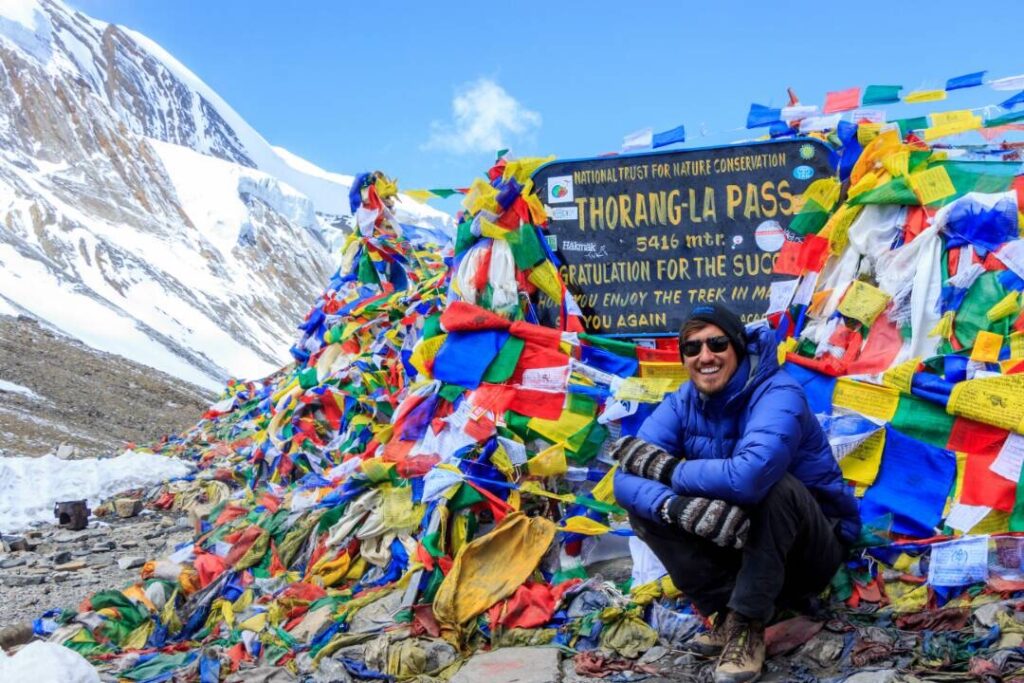
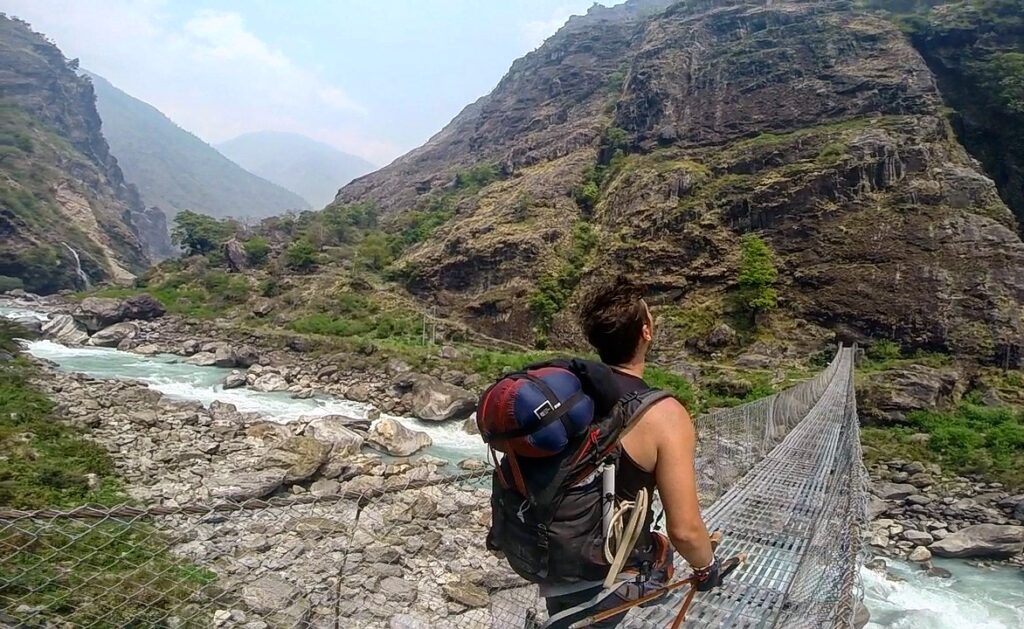

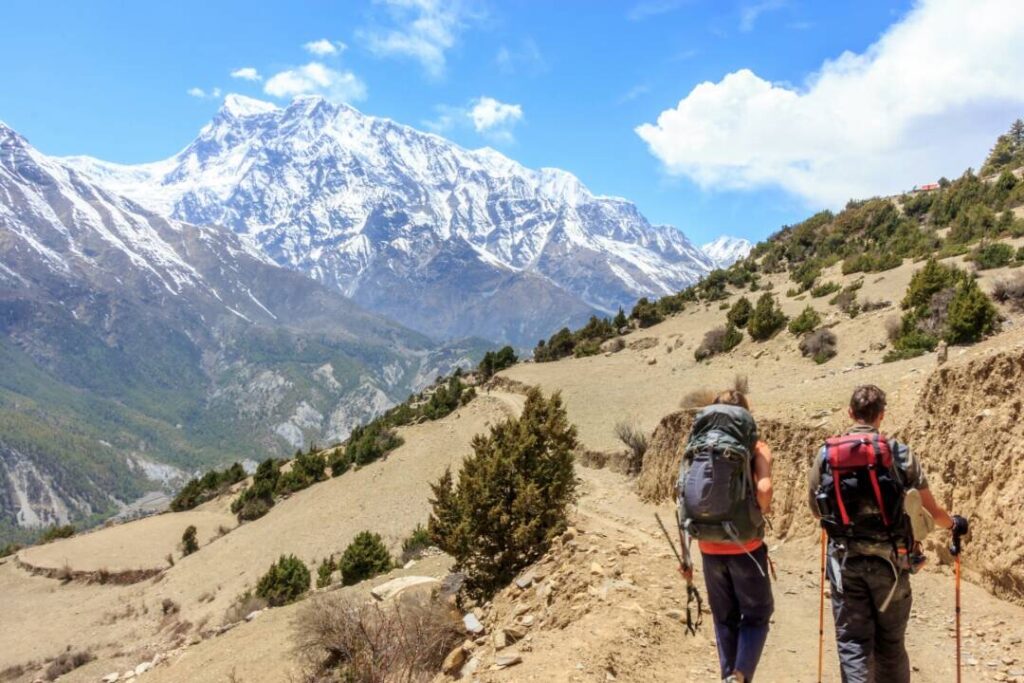
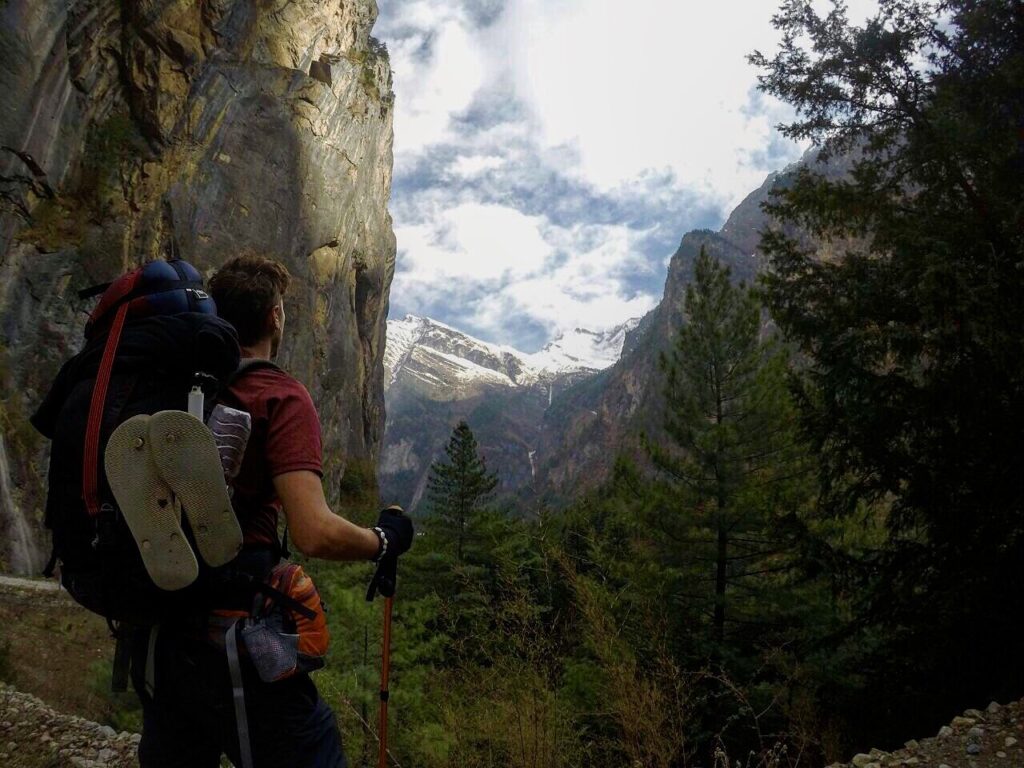
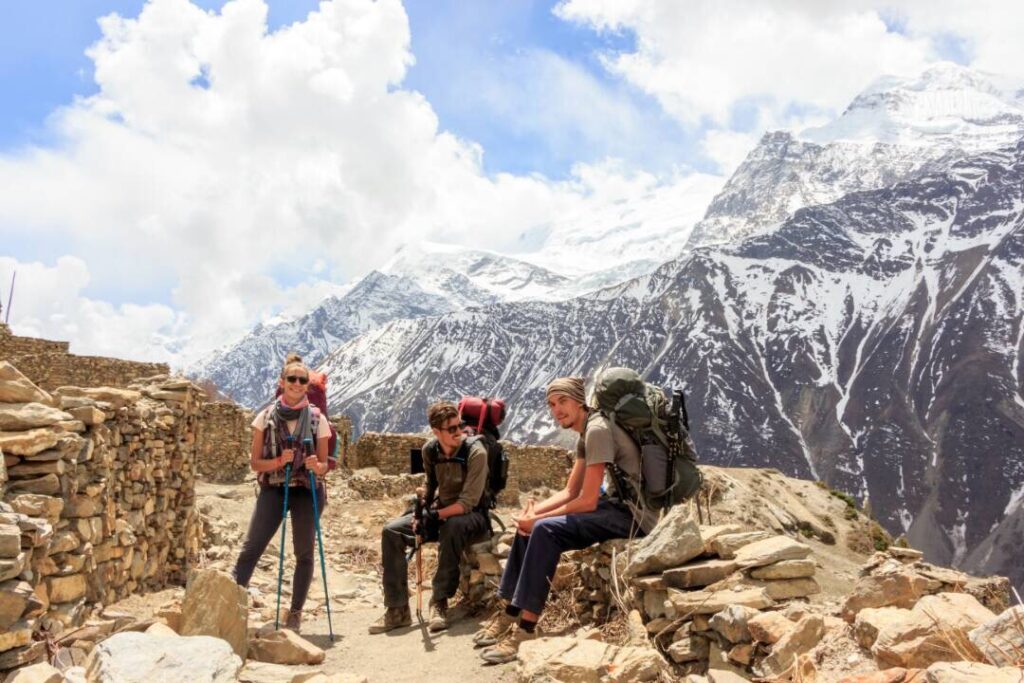
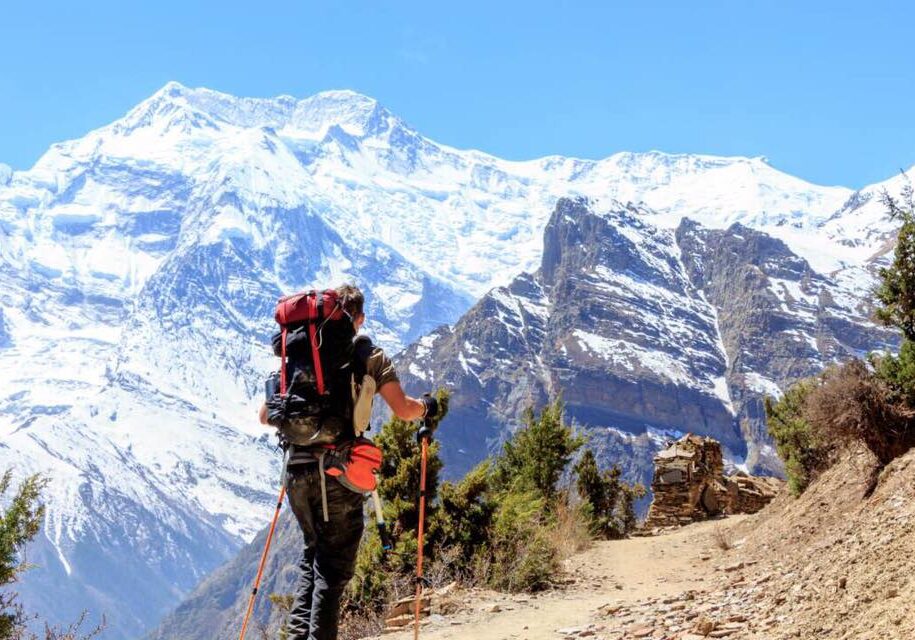
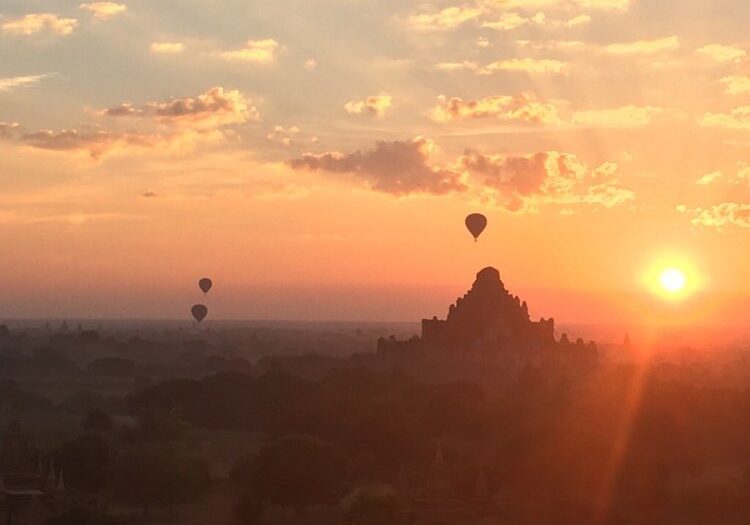
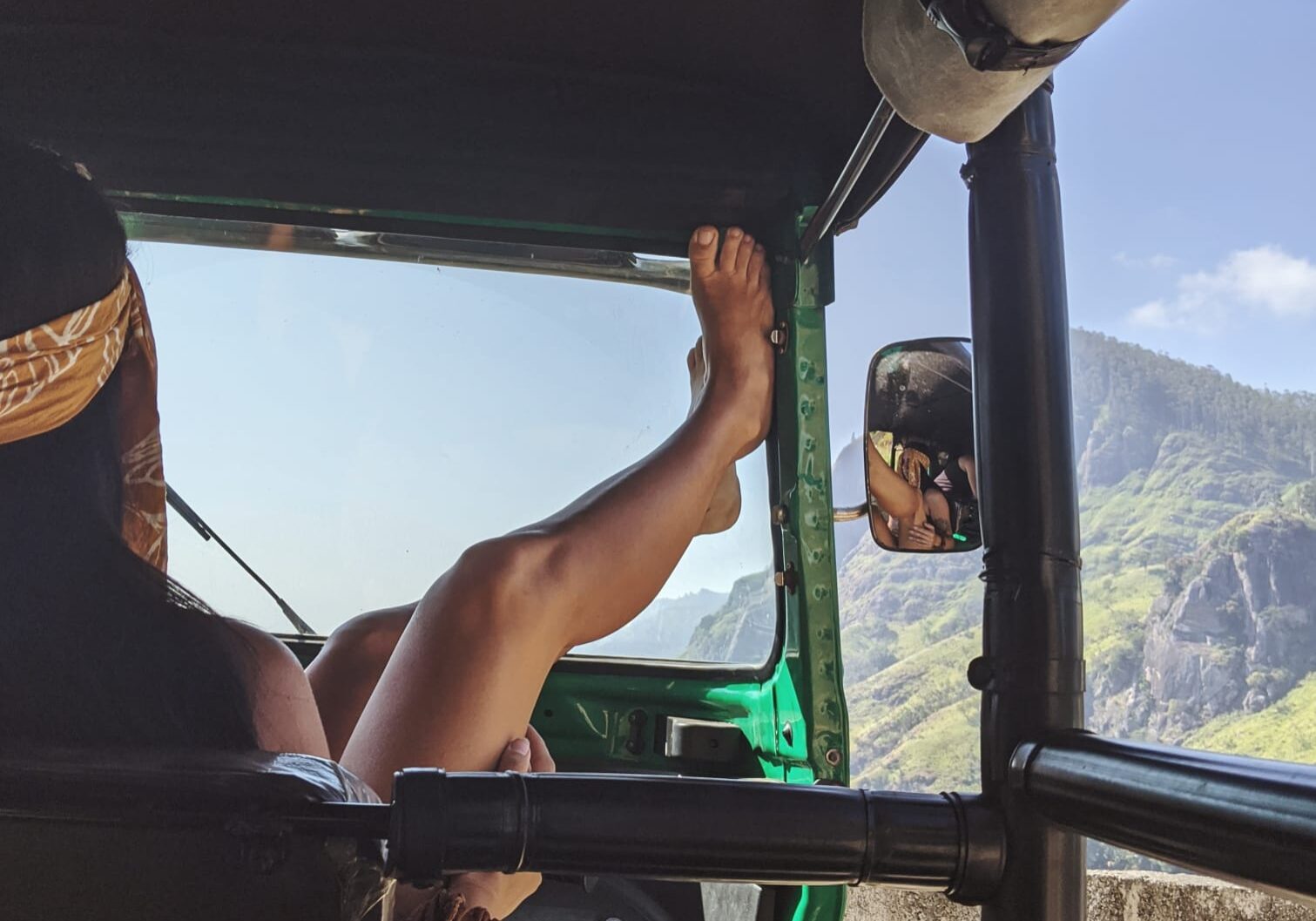
Good post but not entirely accurate about ATMs. There is a bank, with a functioning ATM, in Jomsom.
Thanks for your comment. Yes, you’re right. But as almost everyone starts at Besisahar and ends at Jomsom, this doesn’t help most trekkers who are starting the trek. But I will include this in the article – thank you!
This is a very informative article who is planning to travel Annapurna circuit trek, it’s really very nice keep it up!!!
Thanks for your comment, Kubindra. We’re happy it was helpful.